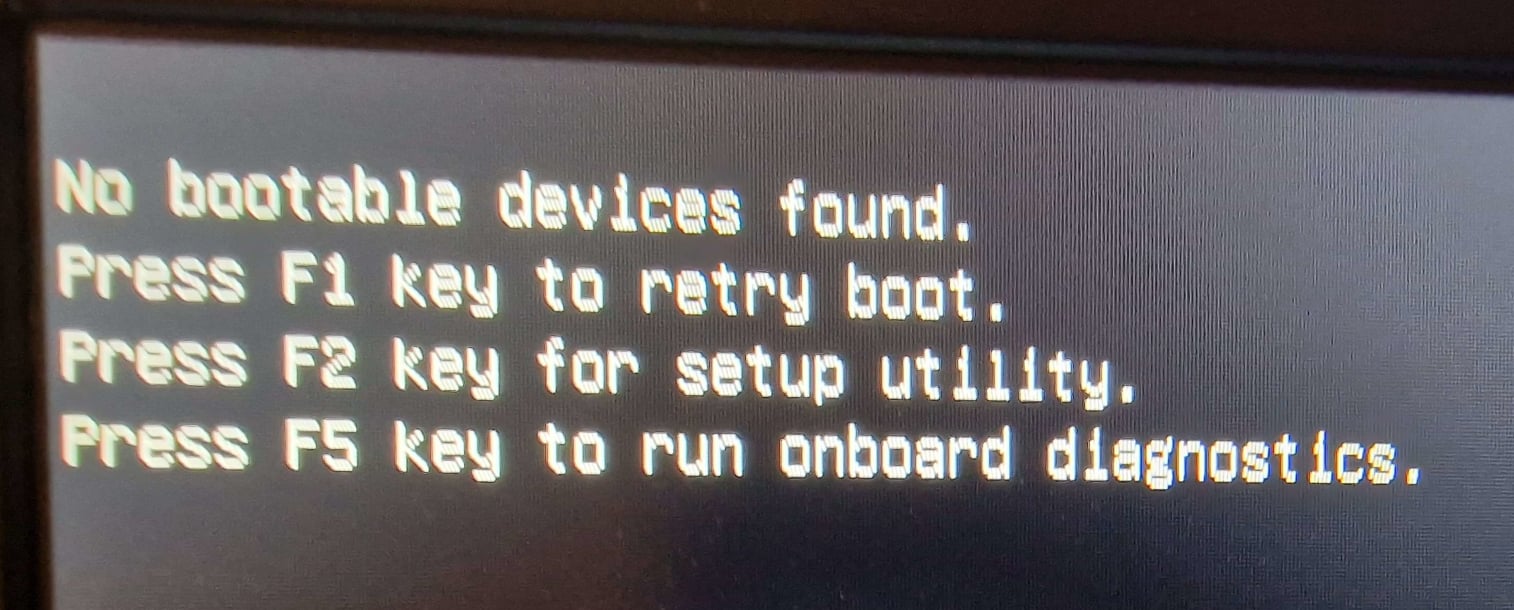In this blog I document my journey in learning the UEFI boot process and discover that not all laptop firmware implement the UEFI standard correctly or how you’d expect.
I’m curious if anyone else has had trouble getting laptops specifically to retain their UEFI BootOrder and if anyone else here has seen behavior like this on devices recently.



Not quite the same issue, but similar in the sense that it was caused by a UEFI that didn’t conform to spec.
I have an HP laptop that I installed Debian on, and it would never actually boot to grub even though I checked the boot entries several times over. You could open the settings and choose the boot entry manually, so it’s not like it was a problem with the OS or with grub. Turned out, this model was hard coded to only allow a boot entry named “Windows Boot Manager” to be loaded by default. I used efibootmgr to rename the debian entry and it booted into grub straight away.
Holy moly that’s absolutely shocking. Yeah I didn’t quite realize how scuffed various UEFI implementations were until I encountered this issue and started looking around. Wild.
Imagine if you remane your install to Windows Boot Manager
Edit: I’m pretty sure you can actually do that with efibootmgr
That’s very weird, my experience with HP’s (Probook) UEFI implementation is that it actually worked quite well compared to other laptops. If even featured a basic editor to insert a specific path to an alternative bootloader in case you couldn’t figure out efibootmgr.